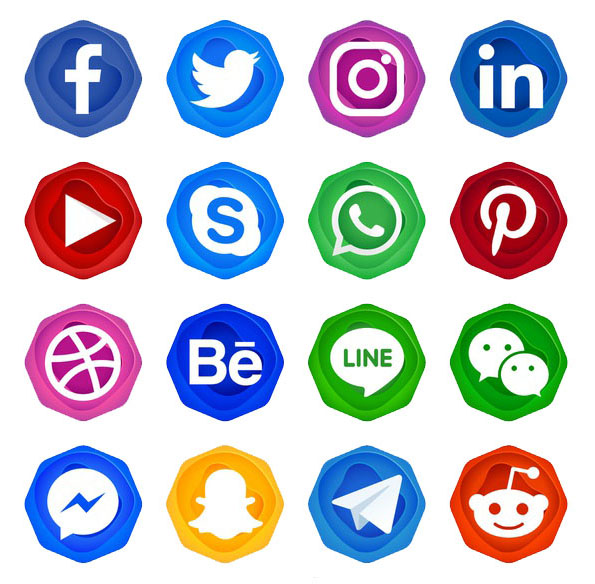5 Signs You Might Need Orthodontic Treatment (Even as an Adult)
Think
temporomandibular joint disorder
is just for teenagers? Think again. Many adults are discovering that orthodontic care isn’t just about aesthetics; it’s also about improving oral health, comfort, and function. If you’ve ever wondered whether you might benefit from orthodontic treatment, this blog will help you identify the signs. From crooked teeth to frequent jaw pain, we’re breaking down five common indicators that it might be time to consult an orthodontist.
Orthodontics for Adults? Absolutely.
When most people picture braces, visions of awkward teen smiles probably come to mind. But the reality is that orthodontics isn’t just a rite of passage for adolescents anymore. With innovative options like
and ceramic braces, adult orthodontics is on the rise. According to the American Association of Orthodontists (AAO), one in four orthodontic patients today is an adult. Whether it’s to address lingering oral health issues or simply achieve a straighter smile, orthodontics can be life-changing at any age.
Here are five telltale signs you might need orthodontic treatment—even as an adult.
1. Crooked or Crowded Teeth Prevent Proper Cleaning
Do you feel like you’re never able to get your teeth perfectly clean, no matter how much you brush or floss? Crooked or
might be the culprit. When teeth overlap or sit too close together, it can be difficult to reach every surface with a toothbrush or floss. This not only increases your risk of cavities but can also lead to gum disease if left unchecked.
Why This Matters:
Orthodontic treatment can help align your teeth, making daily cleaning easier and more effective. Straight teeth are not only aesthetically pleasing but also promote better overall oral hygiene. Aligned teeth reduce the risk of plaque buildup and gingivitis, leaving you with a healthier, brighter smile.
Relatable Example:
If flossing feels like trying to maneuver a thread through a maze, you’re not alone. Many patients report an immediate improvement in their oral hygiene routines after straightening their teeth.
2. Jaw Pain, Clicking, or Difficulty Chewing
Do your jaws pop, click, or ache when you eat? Experiencing jaw discomfort or difficulty chewing could be a sign of a misaligned bite. Conditions like Orthodontic options (TMJ) or malocclusion (a misaligned bite) can lead to significant discomfort.
Why This Matters:
A properly aligned bite ensures that your jaw functions seamlessly, reducing pain, stiffness, and wear on the joint over time. Orthodontic treatment can shift your teeth and jaw into their correct positions, alleviating discomfort and making chewing a breeze again.
Pro Insight:
If you’ve started avoiding your favorite crunchy foods (we’re looking at you, apples and trail mix) because chewing has become uncomfortable, that’s a red flag you shouldn’t ignore.
3. Noticeable Gaps or Spaces Between Teeth
While some people find gaps between their teeth charming, excessive spaces can cause oral health challenges. Large gaps may leave your gums exposed, increasing your risk of gum disease or tooth damage. Additionally, those spaces can allow food particles to get stuck, leading to bad breath or cavities.
Why This Matters:
Clear aligners like braces or clear aligners can help close these gaps, improving both the look and health of your teeth. Aligning your teeth evenly also improves your bite and prevents unnecessary strain on surrounding teeth.
4. Frequent Biting of the Cheek or Tongue
Do you find yourself accidentally biting your cheek or tongue when eating or talking? This might be more than an annoying habit. It could signal that your teeth are not properly aligned, causing your mouth to move unnaturally when you chew or speak.
Why This Matters:
With orthodontic treatment, you can align your teeth to fit together more comfortably, reducing those painful slips. A properly aligned bite improves not just comfort but also the way you speak and chew.
5. Uneven Wear of Teeth
Take a look in the mirror. Do some of your teeth look shorter than others? Uneven teeth wear is often a sign of malocclusion or an improper bite. Over time, this can damage tooth enamel, leading to sensitivity, cracks, or even tooth loss.
Addressing Common Concerns About Adult Braces
Worried about how orthodontic treatment might impact your lifestyle? Don’t be. The good news is that there are more discreet and flexible options available today than ever before. orthodontic treatment, for example, are nearly invisible and highly convenient. Plus, advancements in orthodontics mean treatment times are often faster than they were in the past.





